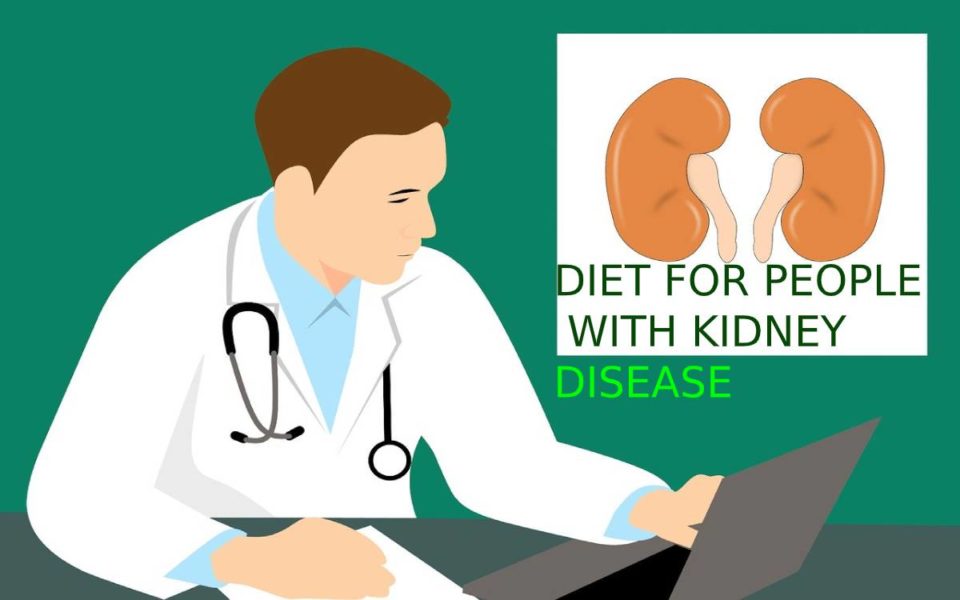Kidney disease is a common problem affecting approximately 10% of the world’s population. The kidneys serve many essential functions, even though small but powerful bean-shaped organs.
Table of Contents.
Filters waste products, releases hormones that regulate blood pressure, and produce balanced fluids, urine, and many other vital functions in the body.
Risk Factors
There are many ways to damage these vital organs. The two major risk factors (e.i) Diabetes and high blood pressure for kidney disease. However, escalation, smoking, genetics, sex, and age also increase risk. High blood pressure and Uncontrolled blood sugar can damage blood vessels in the kidneys, which can impair proper functioning.
When the kidneys are not functioning, the waste accumulates in the blood, including food waste products. Therefore, people with kidney disease need to follow a specific diet.
DIET AND KIDNEY DISEASE
Dietary restrictions vary depending on the degree of kidney damage. For example, those with early-stage kidney disease have different limitations than those with kidney failure, also known as end-stage kidney disease (ESRD). If you have kidney disease, you should determine the best diet for your needs.
Many people with advanced kidney disease, it is essential to follow the right diet for the kidneys. It helps increase kidney function while preventing excessive damage. Although dietary restrictions vary, people with kidney disease should limit the following nutrients.
RECOMMENDED NUTRIENTS
Sodium: Sodium is present in most foods and is an integral part of table salt. Damaged kidneys cannot filter excess sodium, causing their blood levels to rise. It is often suggest to limit sodium to less than 2,000 mg per day.
Potassium:
Potassium plays essential roles in the body, but those with kidney disease must limit potassium to prevent high blood levels. In general, We recommend to restrict potassium to less than 2,000 mg per day.
Phosphorus:
Damaged kidneys cannot remove phosphorus, a mineral that is high in food. High levels can harm the body, so dietary phosphorus should restrict to less than 800–1,000 mg per day in most patients.
Protein:
Protein is another nutrient that should restrict by those with kidney disease because damaged kidneys cannot remove waste products from protein metabolism. However, renal disease who undergo dialysis, there is a greater need for protein to filter and clean the blood.
Every person with kidney disease is different, so your health care provider about personal dietary requirements. Fortunately, many tasty and healthy options are low in phosphorus, potassium, and sodium.
Here are the top 20 foods for people with kidney disease.
1.CAULIFLOWER
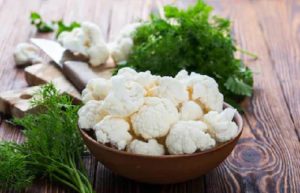
Cauliflower is a nutritious vegetable that is a good source of many nutrients, including vitamin C, vitamin K, and vitamin B’s folic acid. It is packed with anti-inflammatory compounds like in doles and is an excellent source of fiber. Besides, mashed cauliflower can be used instead of potatoes for low potassium garnish.
One cup of cooked cauliflower (124 grams) :
Sodium: 19 mg.
Potassium: 176 mg.
Phosphorus: 40 mg
2.BLUEBERRY

Blueberries are rich in nutrients and are one of the best sources of antioxidants you can eat. Most importantly, these sweet berries contain antioxidants called anthocyanins, which can protect against heart disease, certain types of cancer, cognitive impairment, and diabetes. They are also excellent for kidney-friendly foods because sodium, phosphorus, and potassium are low in content.
One cup (150 grams) of fresh blueberries contains:
Sodium: 1,5 mg.
Potassium: 114 mg.
Phosphorus: 18 mg.
3.SEABASS
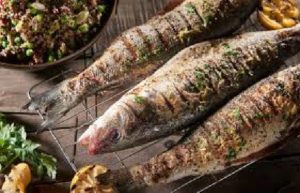
Sea bass, which has a lot of omega-3 with good quality protein, healthy fats, Omega-3s, can help reduce inflammation and reduce the risk of cognitive impairment, depression, and anxiety. Phosphorus is high in all fish, sea bass is less abundant than other shellfish. However, it is essential to take small portions to keep your phosphorus level under control.
Three ounces (89 grams) of cooked sea bass are :
Sodium: 75 mg.
Potassium: 279 mg.
Phosphorus: 211 mg.
4.RED GRAPES
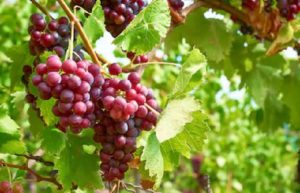
Red grapes are a delicious fruit and also provide a ton of nutrition in one small package, and rich in antioxidants flavonoids and contain vitamin C, which has been shown to reduce inflammation. As mentioned, red grapes are rich in restorative, a type of flavonoid that benefits heart health and protects against diabetes and cognitive impairment.
These sweet fruits are kidney-friendly and contain half a cup (75g) :
Sodium: 1,5 mg.
Potassium: 144 mg.
Phosphorus: 15 mg.
5.WHITE EGG IN EGG
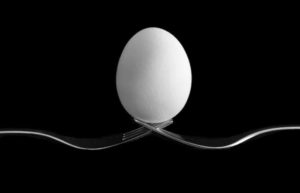
Egg yolks are very nutritious, and they contain high levels of phosphorus, which makes egg whites the right choice for those who follow the kidney diet. The egg yolk provides high quality and kidney-friendly protein source. Besides, they are an excellent choice for those seeking dialysis, who have high protein requirements but should limit phosphorus.
Two large egg whites (66 grams) contain :
Sodium: 110 mg.
Potassium: 108 mg.
Phosphorus: 10 mg.
6.GARLIC For kidney Disease
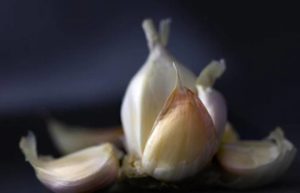
People with kidney problems are recommended to limit the amount of sodium in their diet. Garlic It provides a delicious alternative to salt, adds flavor to dishes, and offers nutritional benefits. It is a good source of vitamin C, manganese, and vitamin B6. It also contains sulfur compounds that have anti-inflammatory properties.
Three cloves (9 grams) contain garlic :
Sodium: 1,5 mg.
Potassium: 36 mg.
Phosphorus: 14 mg.
7.BUCKWHEAT

Many bowls of cereal are high in phosphorus, but buckwheat is a definite exception. Buckwheat is highly nutritious and provides the right vitamins, magnesium, iron, and fiber. It is also a gluten-free grain, so buckwheat is the right choice for those with celiac disease or gluten intolerance.
One-half-cup (84 grams) of cooked buckwheat :
Sodium: 3.5 mg.
Potassium: 74 mg.
Phosphorus: 59 mg.
8.OLIVE OIL For kidney Disease

Olive oil contains a good source of healthy fat and phosphorus, making it an excellent choice for people with kidney disease. Often, people with advanced kidney disease have trouble maintaining weight, which makes a healthy, calorie-rich diet such as olive oil necessary.
Most of the fats in olive oil are monosaturated fats called oleic acid, which have anti-inflammatory properties. Also, monounsaturated fats are stable at high temperatures, which makes olive oil a healthy cooking option.
One tablespoon (13.8 g) of olive oil is:
Sodium: 0.3 mg.
Potassium: 0.1 mg.
Phosphorus: 0 mg.
9.BULGAR For kidney Disease

Bulgar is a whole wheat product that is a kid-friendly alternative to other cereals with high phosphorus and potassium content. This Bulgar grain is a good source of B vitamins, magnesium, iron, and manganese. It is an excellent source of plant protein and is full of dietary fiber, which is essential for digestive health.
Half cup serving (91 grams) in Bulgar :
Sodium: 4,5 mg.
Potassium: 62 mg.
Phosphorus: 36 mg.
10.CABBAGE
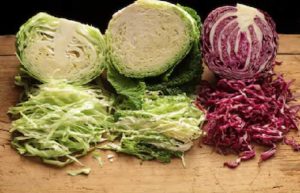
Cabbage is a calciferous vegetable family and with vitamins, minerals, and potent plant compounds. It is a rich source of many B vitamins, Vitamin K, and vitamins c. Additionally, it provides insoluble fiber, a type of fiber that keeps your digestive system healthy. Besides, it is low in potassium, phosphorus, and sodium, and contains
one cup (70 g) of shredded cabbage :
Sodium: 13 mg.
Potassium: 119 mg.
Phosphorus: 18 mg.
11.CHICKEN WITHOUT SKIN

Some people with kidney problems need to take a limited amount of protein; however, provide the body with a sufficient amount of health you need high-quality protein. Chicken breast without skin contains less phosphorus, potassium, and sodium than chicken with skin. When buying chicken, choose fresh chicken and avoid already prepared roast chicken because it contains large amounts of sodium and phosphorus.
The skinless chicken breast consists of three ounces (84 grams) :
Sodium: 63 mg.
Potassium: 216 mg.
Phosphorus: 192 mg.
12.PEPPER
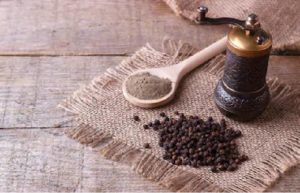
Peppers are rich in nutrients but, like many other vegetables, are low in potassium. These brightly colored peppers are loaded with potent antioxidant vitamin C. In fact, a little red pepper (75 grams) contains 108% of the recommended vitamin A. They are also loaded with vitamin C, an essential nutrient for immune function, which is often compromised in people with kidney disease.
A little red pepper (74 g) contains :
Sodium: 3 mg.
Potassium: 156 mg.
Phosphorus: 19 mg.
12.ONIONS

They are excellent for providing onions sodium-free flavor to kidney food recipes. Reducing salt intake can be a challenge, so finding delicious salt alternatives is essential. Garnishing the onions with garlic and olive oil gives you a taste of the dishes without compromising your kidney health. Besides, onions are rich in vitamin C, manganese, and B vitamins. Also, they contain prebiotic fibers, which help keep the digestive system healthy by feeding beneficial intestinal bacteria.
A small onion (70 g) contains :
Sodium: 3 mg.
Potassium: 102 mg.
Phosphorus: 20 mg.
14.ARUGULA For kidney Disease
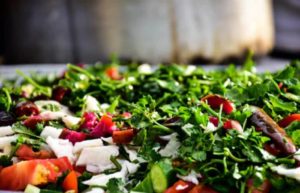
Many healthy vegetables such as spinach and kale are rich in potassium and challenging to adapt to the kidney diet. However, Potassium is deficient in arugula, which is a nutrient-dense green, making it an excellent choice for salads and kidney-friendly some recipes.
Minerals such as manganese and calcium are the excellent content in arugula and vitamin K, all of which are important for bone health. This green also contains nitrates, which have been shown to lower blood pressure, which is an essential benefit for people suffering from kidney disorders.
One cup (20 grams) of arugula contains:
Sodium: 6 mg.
Potassium: 74 mg.
Phosphorus: 10 mg.
15.MACADAMIA NUTS
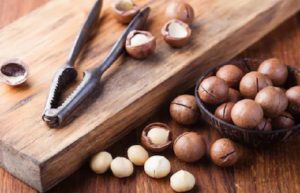
Phosphorus is plentiful in most grains and is not recommended for those who follow a kidney diet. However, macadamia nuts are a delicious choice for those with kidney problems. MACADAMIA NUTS are much lower in phosphorus than popular nuts such as peanuts and almonds. They include healthy fats, B vitamins, magnesium, copper, iron, and manganese.
One ounce (28 grams) of macadamia seeds are :
Sodium: 1,4 mg.
Potassium: 103 mg.
Phosphorus: 53 mg.
16.RADISH For kidney Disease
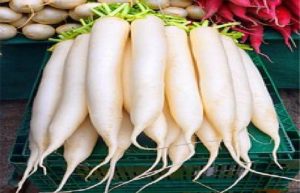
Radishes are a fragile vegetable that is a healthy addition to the kidney diet. Potassium and phosphorus are deficient but high in many other essential nutrients. Radish is a rich source of vitamin C, an antioxidant that has been shown to reduce the risk of heart disease and cataract. Additionally, its peppery flavor makes it a delicious addition to low-sodium dishes.
One-half cup (58 g) of sliced radish :
Sodium: 23 mg.
Potassium: 135 mg.
Phosphorus: 12 mg.
17.TURNIPS

Compatible with turnips and potatoes to the kidneys and vegetables with more potassium excellent alternative to pumpkin winter. These tubers are loaded with fiber and vitamin C. They are a good source of vitamin B6 and manganese. They can be baked or boiled and mashed to get a healthy side dish that works well for kidney food.
One-half cup (78 g) of cooked turnips :
Sodium: 12.5 mg.
Potassium: 138 mg.
Phosphorus: 20 mg.
18.PINEAPPLE For Kidney Disease

Potassium is rich in many tropical fruits such as oranges, bananas, and kiwis. Fortunately, The Pineapple is a sweet and low potassium alternative for those with kidney problems. Additionally, pineapple contains fiber, manganese, vitamin C, and plenty of bromelains, an enzyme that helps reduce inflammation.
One cup (165 grams) of pineapple slices :
Sodium: 2 mg.
Potassium: 180 mg.
Phosphorus: 13 mg.
19.CRANBERRY For Kidney Disease

Cranberries benefit both the urinary tract and the kidneys. These small sour fruits contain phytonutrients called type A proanthocyanins, which prevent bacteria from adhering to the membrane of the urinary tract and bladder, thereby preventing infection.
It is more useful for people with kidney disease, urinary tract infections, cranberries, dried, cooked, or water, which can be eaten fresh. Potassium, phosphorus, and sodium are deficient.
One cup (100g) contains fresh blueberries :
Sodium: 2 mg.
Potassium: 80 mg.
Phosphorus: 11 mg.
20.SHIITAKE MUSHROOMS

Shitake mushrooms are a delicious ingredient that can be used as a substitute for plant-based meat for those with a kidney diet who need to limit protein. They are a source of excellent B vitamins, copper, manganese, and selenium, and they provide the right amount of vegetable dietary fiber and protein. Potassium is deficient in Shitake mushrooms than Portobello and white truffles, making them a smart choice for those following a kidney diet.
One cup (145 grams) of cooked shitake mushroom ( 59 ):
Sodium: 6 mg.
Potassium: 170 mg.
Phosphorus: 42 mg.
Conclusion:
Previous kidney-friendly foods are excellent options for people who follow the kidney diet. Always remember to discuss your food options with your health care provider to make sure you are following the right diet for your individual kidney needs.
Based on the level of kidney damage Dietary restrictions depending on. Adopting a kidney diet can sometimes seem restrictive; besides that there are so many delicious foods that fit a healthy, balanced, and kid-friendly meal plan.


